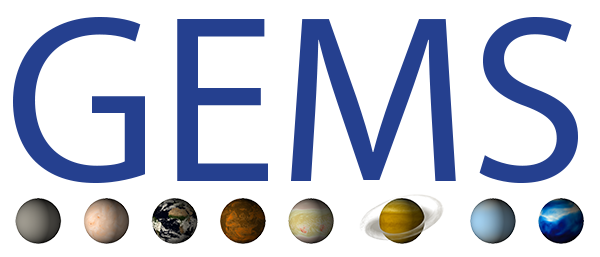DYAMOND Summer#
Simulation Period#
1 August 2016 – 10 September 2016
with a 10-day spin-up period and 30 days of analysis
Field Experiment#
NARVAL2 tropical field study
Experiment:#
Global atmosphere models with storm-resolving grid spacing of 5 km or less.
Detailed information can be found in the DYAMOND Summer protocol (pdf).
As initial and boundary data, daily sea-surface temperatures as well as a global meteorological analysis taken from the European Center for Medium-Range Weather Forecasts (ECMWF) are provided.
Initial data for 1 August 2016 (NetCDF, grib, MARS request)
Boundary data for Sea Surface Temperature and Sea Ice (7 day means)
Participating models and description#
Analyzing the data#
See the DYAMOND Library page for information on how to access and analyze DYAMOND data.
Hints and Help#
Data file descriptions can be found in
datadescription.txtwithin each model folder in the DYAMOND data library. See the DYAMOND Library page for more information on how to get these files.Some models provide additional information in a
READMEfile, which can also be found in the model folder within the DYAMOND data library.
